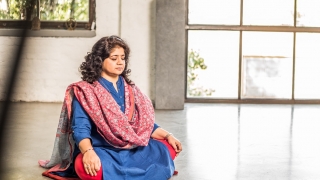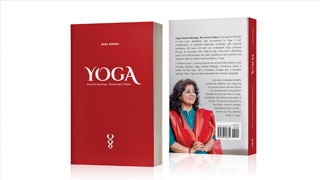
What is alignment in an asana?
Have you ever wondered why yoga teachers are often times so obsessed with alignment? Here are my thoughts...

![]() 2 minutes
•
5/21/25
2 minutes
•
5/21/25
AUM is the most used mantra in Yoga classes all over the world. Be it in the beginning of a Yoga asana class or ending of meditation, you must have recited or instructed it three times. But why three times? Why at the beginning or the end? Is there a right way to chant AUM? Is it OM or AUM or Om or oM?
Have these questions made you curious or sometimes even left you confused?
⭐️Fun Fact: All Vedic mantras must begin with AUM for efficacy. ⭐️
Are there some rules for chanting AUM? The answer is yes! The texts does give us guidelines on the recitation of this potent mantra, sound, and symbol.
Here are three ground rules for AUM recitation:
⭐️⭐️Fun Fact: Aum means “yes” or “is” or “I agree” ⭐️⭐️

Have you ever wondered why yoga teachers are often times so obsessed with alignment? Here are my thoughts...


Chakras are a part of yoga, but a lot of us in the yoga world are not familiar with it. We may feel uncomfortable discussing chakras or may have a very limited understanding. Join me and Shannon Crow to our conversation on Chakras